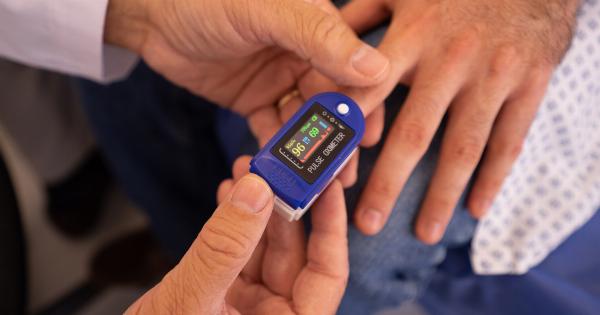Our legs play a vital role in our daily lives, carrying us from one place to another. Beyond their functionality, they can also provide important clues about our overall health.
Various health conditions can manifest symptoms in our legs, sometimes even before other noticeable signs appear. By being aware of these signs and knowing what to look for, you can potentially detect underlying health issues early on and seek appropriate medical attention.
In this article, we will discuss five serious health problems that can be spotted just by looking at your legs.
1. Peripheral Artery Disease (PAD)
Peripheral artery disease is a condition that occurs when there is a narrowing or blockage of the blood vessels responsible for supplying oxygenated blood to the legs and arms.
One of the common signs of PAD is leg pain or cramping that occurs during physical activity and subsides with rest. This pain is often felt in the calves, thighs, or buttocks and is called intermittent claudication.
Additionally, individuals with PAD may notice weak or absent pulses in the legs, slower healing of wounds on the legs or feet, and changes in the color and temperature of the skin on the legs.
2. Deep Vein Thrombosis (DVT)
Deep vein thrombosis is a serious condition where a blood clot forms in one of the deep veins, typically in the legs. DVT can cause swelling, pain or tenderness, warmth, and redness in the affected leg.
The skin over the area may appear discolored and feel tight or stretched. It’s worth noting that DVT can be life-threatening if the blood clot dislodges and travels to the lungs, causing a pulmonary embolism.
If you notice any concerning symptoms, such as sudden shortness of breath, chest pain, or coughing up blood, seek immediate medical attention.
3. Varicose Veins
Varicose veins are enlarged, twisted veins that most commonly affect the legs and feet. They occur when the valves in the veins don’t function properly, leading to blood pooling and the veins becoming swollen and visible under the skin.
While varicose veins are often harmless, they can sometimes cause discomfort, aching, or a heavy sensation in the legs. In severe cases, they can lead to skin changes, such as ulcers, and increase the risk of developing blood clots. If you notice any worsening symptoms or experience pain in your legs, it’s advisable to consult a healthcare professional.
4. Cellulitis
Cellulitis is a bacterial skin infection that can affect any part of the body, including the legs. Redness, swelling, pain, and warmth in the affected area are typical signs of cellulitis.
The skin may also appear shiny, and there may be fever or chills accompanying the infection. Cellulitis can occur when bacteria enter the skin through a cut, scrape, or other injury. If you develop these symptoms, especially if they are spreading rapidly or you have a compromised immune system, seek medical attention promptly.
5. Lymphedema
Lymphedema is a chronic condition that occurs when there is a blockage or disruption in the lymphatic system, leading to fluid retention and swelling, often in the arms or legs.
In the early stages, you may notice a feeling of heaviness or tightness in the affected leg, along with mild swelling. Over time, however, the swelling can become more pronounced and may even cause difficulty moving or fitting into clothing.
If you suspect you have lymphedema, it’s essential to consult with a healthcare professional who can provide appropriate management strategies.
Conclusion
By paying attention to your legs and any changes you may notice, you can potentially identify serious health problems early on.
Remember that these signs should not be used as a definitive diagnosis but rather as warning signs that warrant further investigation. Timely medical intervention can make a significant difference in the outcome and management of various health conditions.
If you are concerned about any symptoms or changes in your legs, be sure to consult with a healthcare professional for proper evaluation and guidance.































